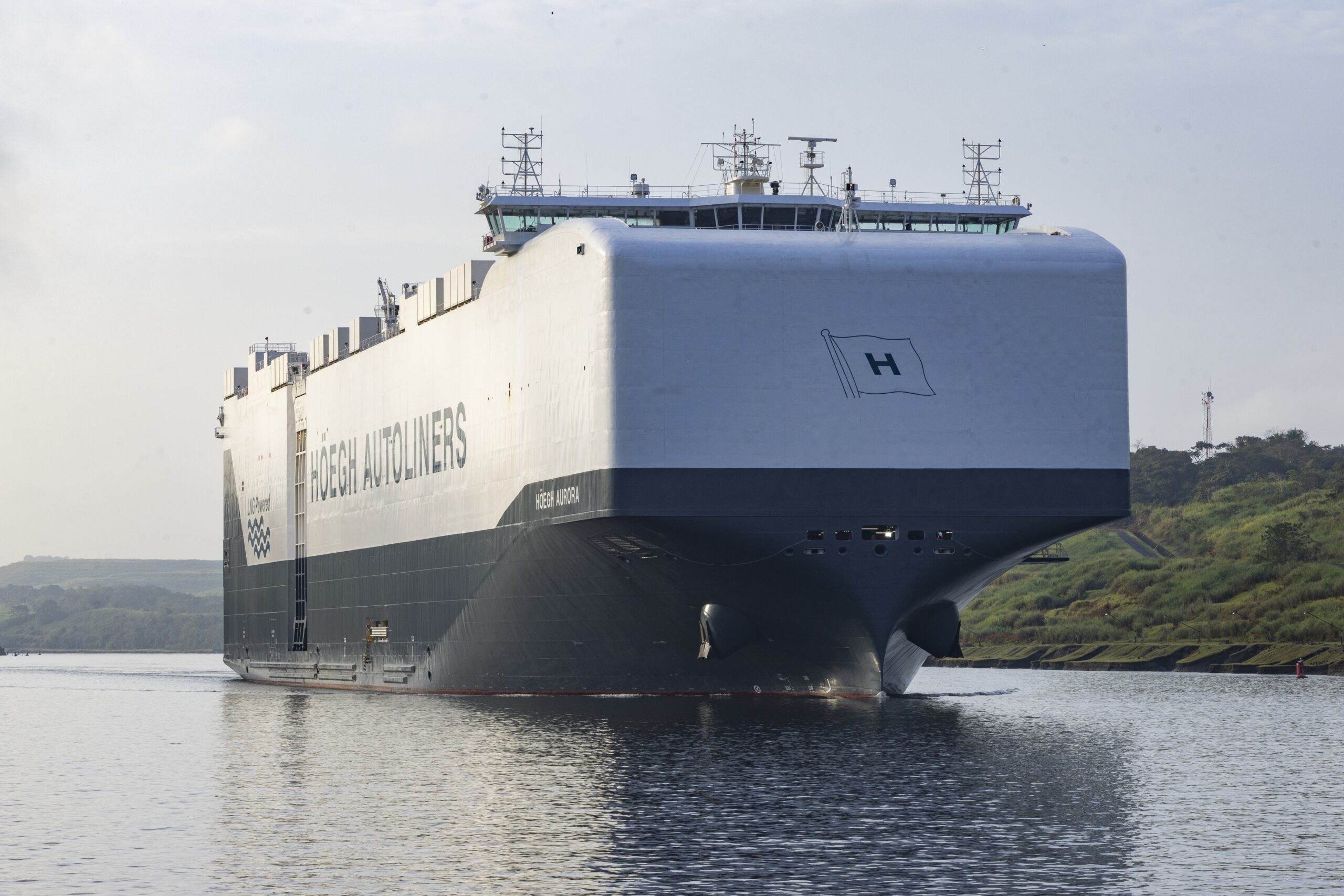Panama, August 8, 2001 –
The establishment of a historical Canal safety record, the reduction in Canal Waters Time (CWT) and the impending completion of the Gaillard Cut Widening Program were among the most important topics discussed at the last Panama Canal Authority (ACP) Board of Directors meeting.
During the meeting, held on August 7, ACP Administrator Alberto Aleman Zubieta announced that Canal safety under Panamanian administration is reaching a historical record, and reported that during the first nine months of fiscal year 2001 only 14 accident investigations have been conducted, versus the 26 registered during the same period of the previous fiscal year.
Aleman Zubieta also pointed out the reduction in Canal Waters Time (CWT) to 22 hours, which is 20 percent below the record reached the previous year. The ACP has set its sights on the ambitious goal of consistently offering an average CWT of no more than 24 hours.
The dry excavation portion of the Gaillard Cut Widening Program is 100 percent complete and the project is scheduled to finish in December 2001. The dry excavation of the Cut has involved the removal of 23.2 million cubic meters of material, while the wet excavation is 96 percent complete. The Gaillard Cut widening is one of the most important components of the Canal’s ongoing $1-billion modernization and improvement program.
Other performance metrics presented during the board meeting included the number of transits and cargo transported during the first nine months of fiscal year 2001. Panamax vessels transits reached 3,363, representing 35.9 percent of total oceangoing transits. The number of oceangoing transits totaled 9,378, representing a decrease of 0.5 percent in comparison with the same period of time during the previous fiscal year. This decrease is due to a worldwide economic slowdown.
In terms of cargo, Alemán Zubieta indicated that during these nine months, 146.4 million long tons were transported through the Canal, which represented a 0.3 percent increase in comparison to the same period of the previous fiscal year. Meanwhile, there has been a steady growth in the transportation of commodities such as petroleum products and container cargo, and a decrease in chemicals and petroleum chemicals, coal and coke, wood products, and steel and iron products.




